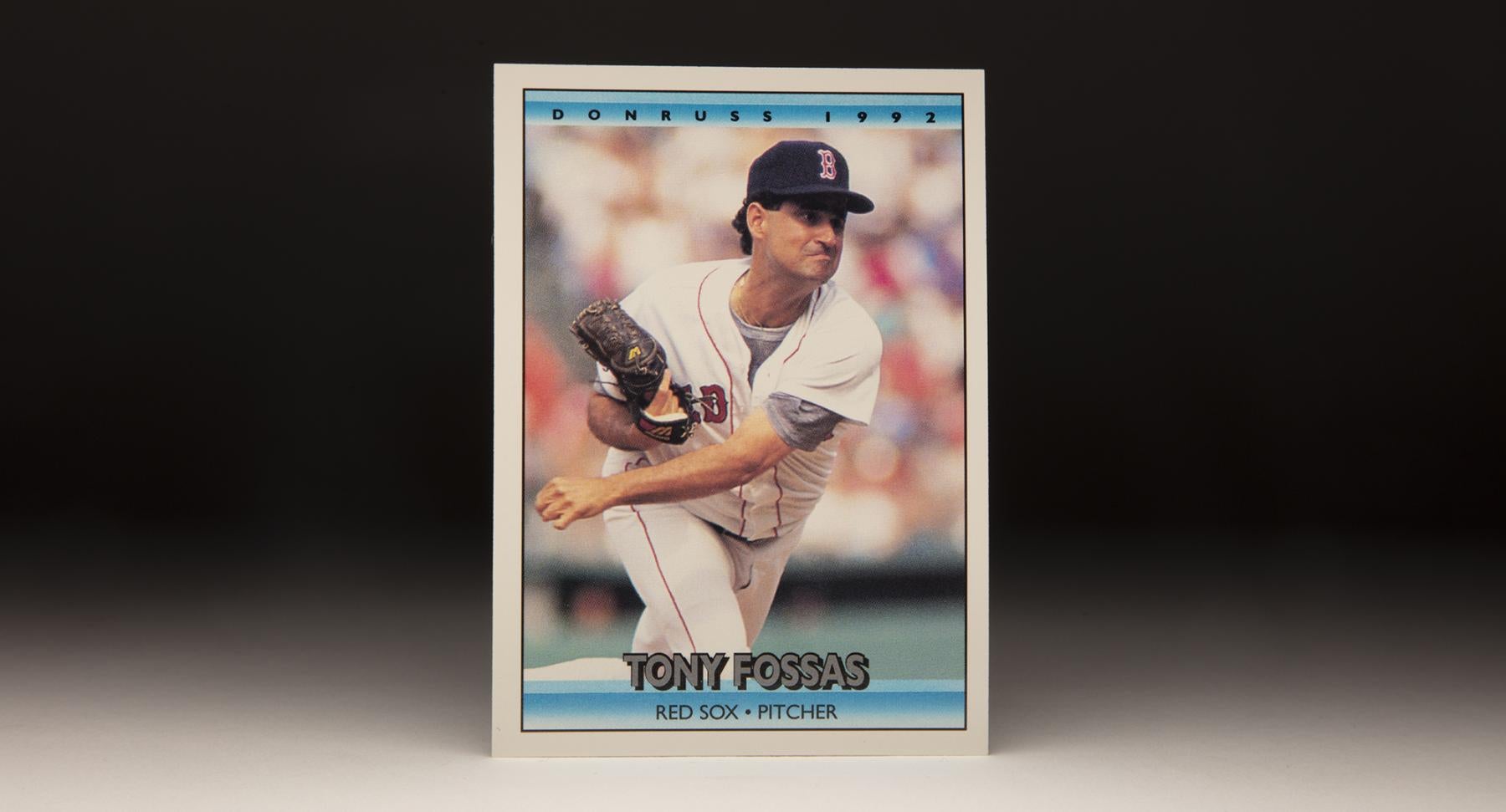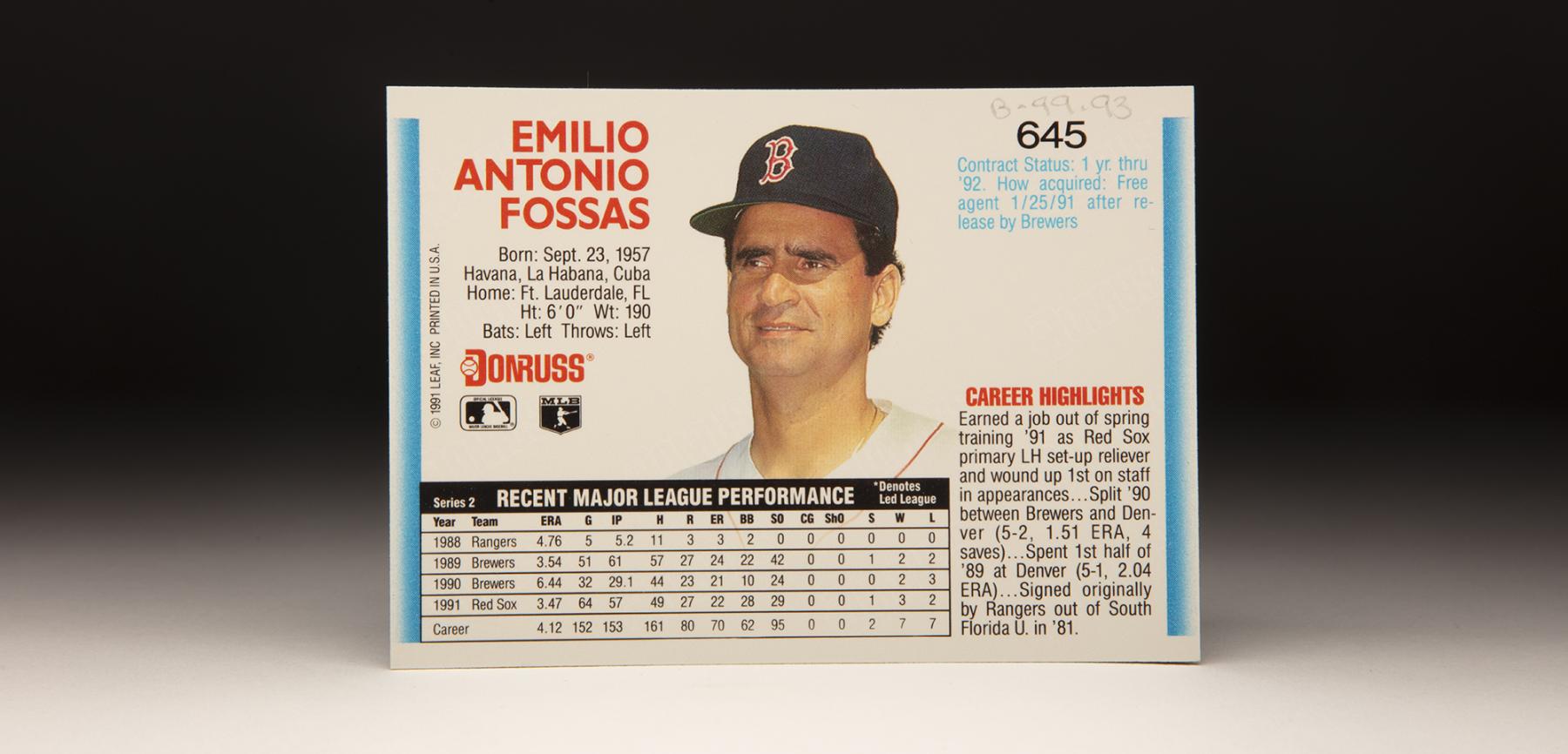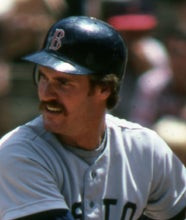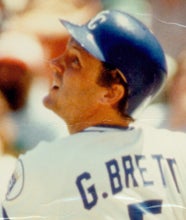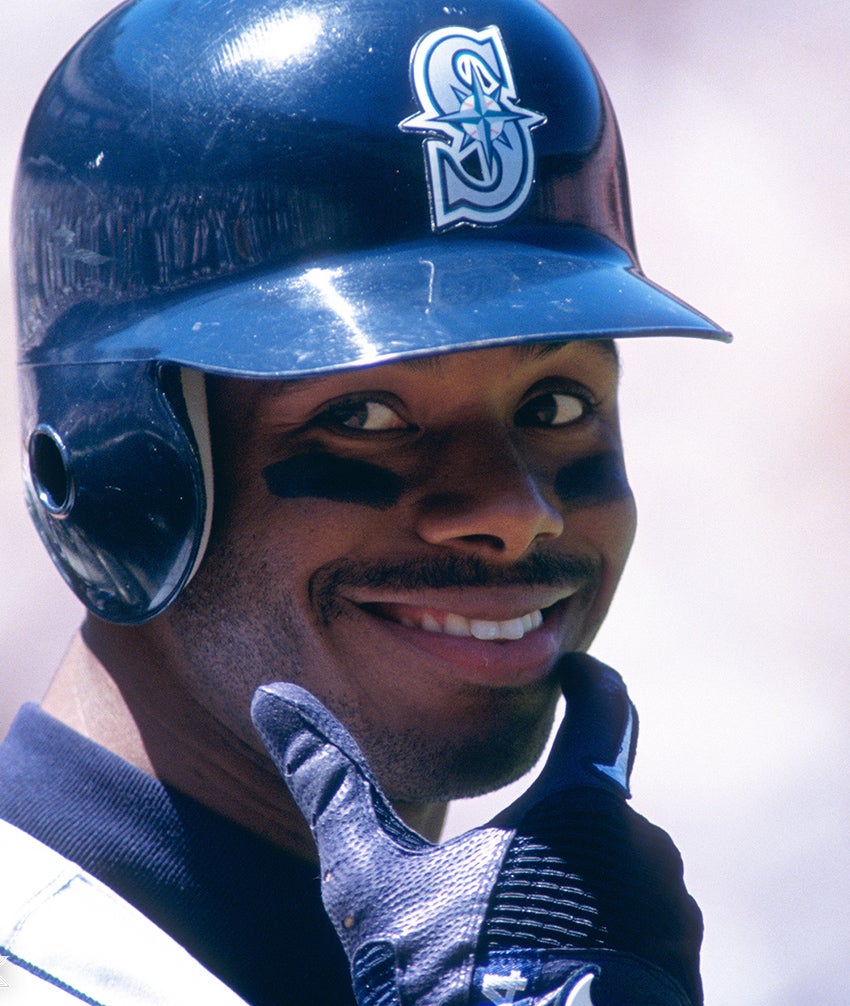- Home
- Our Stories
- #CardCorner: 1992 Donruss Tony Fossas
#CardCorner: 1992 Donruss Tony Fossas
Tony Fossas’ journey to the big leagues started in Cuba and meandered through nine minor league seasons before he reached the majors at age 30.
But once Fossas arrived at the game’s top level, he carved out a niche role that made him one of the busiest pitchers of the 1990s.
Born Sept. 23, 1957, in Havana, Fossas and his family fled to the United States when he was 10 years old. They settled in Boston, where Fossas became a star pitcher for St. Mary’s High School.
Official Hall of Fame Merchandise
Hall of Fame Members receive 10% off and FREE standard shipping on all Hall of Fame online store purchases.
Fossas wanted to pitch for a warm-weather college, but had only offers for northern schools and a potential free agent deal with the Red Sox.
“One night at six o’clock I was almost in tears,” Fossas told the Associated Press. “I locked myself in the bathroom that day and put the toilet seat down. I knelt down so nobody could see me and I prayed to God.”
A few hours later, University of South Florida coach Jack Butterfield called Fossas and offered him a scholarship.
“The school cannot afford you,” Fossas recalled Butterfield telling him, “but I have made arrangements with George Steinbrenner. He’s going to donate the money for you to go to school.”
Fossas blossomed at South Florida when Hall of Famer Robin Roberts took over the program. In 1978, scouts began to take notice of the 6-foot left-hander – and he was selected by the Twins in the ninth round of the 1978 MLB Draft.
“I was in the Cape Cod Summer League when Roberts called me from California,” Fossas told the Asheville Citizen-Times. “I don’t know how he found out, but he heard I was going to sign with the Twins. I decided, after talking to him, to go back to school my senior year and get my degree.”
Fossas was selected in the 1979 MLB Draft – this time by the Rangers in the 12th round. He reported to the team’s outpost in the Gulf Coast League, where he posted a 6-3 record with a 3.00 ERA before being promoted to Double-A Tulsa for two games.
In 1980, Fossas went 12-8 for Class A Asheville of the South Atlantic League.
“I know I have to improve to make it to the majors,” Fossas said. “That’s what I’ve always dreamed about.”
But Fossas struggled in 1981 back with Tulsa, going 5-6 with a 4.16 ERA. The Rangers released him in the spring of 1982, and he hooked on with the Cubs briefly before pitching three games in the Mexican League. The Rangers brought him back in May and sent him to Class A Burlington of the Midwest League, where he was 8-9 with a 3.08 ERA.
Fossas spent the 1983 and 1984 seasons shuttling between Double-A Tulsa and Triple-A Oklahoma City, working as a spot starter. He fulfilled the same role with Oklahoma City in 1985, going 7-6 with a 4.75 ERA in 110 innings before becoming a minor league free agent following the season.
Fossas quickly signed with the Angels and spent two years with Edmonton of the Pacific Coast League before once again becoming a free agent and returning to the Rangers. Then in 1988, Texas converted the 30-year-old Fossas into a full-time reliever – and he proceeded to go 3-0 with a 2.84 ERA in 52 games with Oklahoma City. He made his big league debut with Texas that spring, appearing in five games in a mop-up role before returning to Triple-A.
The first batter Fossas faced in the big leagues was future Hall of Famer George Brett, who came to the plate with the bases loaded against the Rangers on May 15, 1988. Fossas induced Brett to ground back to the mound, where Fossas started an inning-ending double play.
“Actually, I was more nervous when I got up (to throw in the bullpen),” Fossas told the Fort Worth Star-Telegram. “My heart was pounding when the phone rang and they said ‘Fossas.’”
Fossas once again found himself as a free agent after the 1988 season, but this time he had a proven track record as a lefty specialist. He signed with the Brewers for the 1989 season and – after posting a 5-1 record with a 2.04 ERA in 24 games for Triple-A Denver – made 51 appearances for Milwaukee, going 2-2 with a 3.54 ERA in 61 innings.
“Tony Fossas came out of nowhere and did an outstanding job,” Brewers catcher Charlie O’Brien told the La Crosse (Wis.) Tribune following the season.
But as with most lefty specialists, Fossas experienced stretches where the outs did not come. After a rough start to the 1990 season, he spent much of that summer back in Denver, going 5-2 with a 1.51 ERA in 25 games. With Milwaukee that year, Fossas was 2-3 with a 6.44 ERA.
Following the season, however, Fossas signed with his hometown Red Sox. And for the next four seasons, Fossas would earn a role as a lefty one-out guy – soon to be known as a LOOGY.
Fossas was 3-2 with a 3.47 ERA in 64 games in 1991, then was 1-2 with a 2.43 ERA in 60 games the following year – a season when he was credited with just 29.2 innings of work. But with a delivery that allowed him to hide the baseball from lefty batters until the last possible moment, Fossas became a specialist that contending teams coveted for their bullpen.
Tasked with facing some of the best lefty batters of his generation – often with men on base – Fossas put up some startling numbers.
Fred McGriff was Fossas’ most common opponent over 12 big league seasons, and Fossas held McGriff to a .207 average with no homers over 29 at-bats. Fossas’ next most frequent batters faced were three Hall of Famers: Ken Griffey Jr., George Brett and Wade Boggs. Fossas held them to averages of .125, .167 and .176, respectively, with a total of two extra base hits in 59 at-bats.
Fossas was 1-1 with a 5.18 ERA in 71 games in 1993, working 40 innings. After going 2-0 with a 4.76 ERA in 1994, Fossas signed a minor league deal with the St. Louis Cardinals prior to the 1995 season. He quickly showed his mastery of National League batters by going 3-0 with a 1.47 ERA in 58 games – holding lefty hitters to a .181 average – and earned a one-year deal worth a reported $710,000 for 1996.
Fossas suffered through an up-and-down season in 1996, going 0-4 with a 2.68 ERA in 65 games. But Fossas did appear in his only career big league postseason games that year, working 4.1 innings over five games in the NLCS against the Braves – allowing just one run and one hit.
“I’m probably having the worst year of my career,” Fossas told the St. Louis Post-Dispatch, “when it comes to doing the job I’ve done for six or seven years.”
After another rocky season in 1997 – when he was 2-7 with a 3.83 ERA in 71 games – the Cardinals allowed Fossas to leave as a free agent. The Mariners quickly signed him to a one-year deal worth a reported $700,000. But after giving up 19 hits and 11 earned runs over 11.1 innings in 23 games, the Mariners released Fossas on June 10.
The Cubs then signed him to a minor league contract, and he appeared in eight games – allowing four runs in four innings – before being released again on Aug. 4. But the 40-year-old Fossas showed some of his old form after returning to Texas two weeks later, working 10 scoreless appearances down the stretch for the Rangers while helping the team win the AL West.
But after bringing Fossas to Spring Training in 1999, the Rangers informed him that he would not make the team and released him. The Yankees brought Fossas in for a look-see, signing and releasing him within a week before bringing him back on a minor league deal two days after cutting him.
He appeared in five games for the Yankees in May, recording three outs while allowing four earned runs. The Yankees designated him for assignment on May 20 – and after appearing in 26 games for the Yankees’ Triple-A affiliate that summer, Fossas never pitched in organized ball again.
For his career, Fossas was 17-24 with seven saves and a 3.90 ERA. He worked 415.2 innings over 567 games. Among all big league pitchers with at least 500 appearances, only Randy Choate and Ray King worked fewer innings.
He limited lefties to a .214 career batting average with a .301 slugging percentage.
“A lot of left-handers come and go,” Fossas told the Hartford Courant after the Yankees released him in 1999. “But when you have to go into Yankee Stadium, when you have to face Tino Martinez and Paul O’Neill in the eighth inning and there are 40,000 people going crazy, you have to have a cold heart.”
Craig Muder is the director of communications for the National Baseball Hall of Fame and Museum
Related Stories
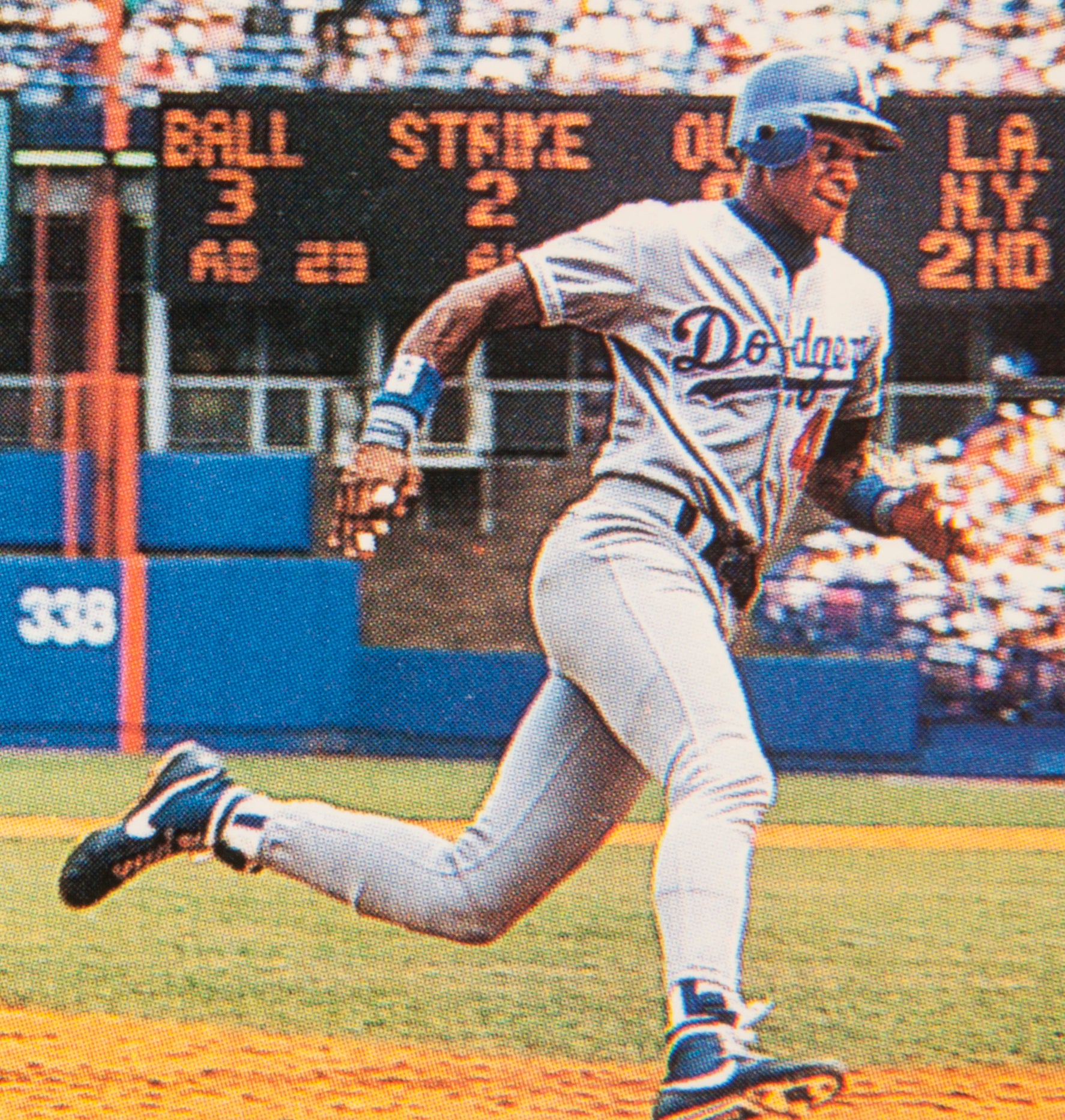
#CardCorner: 1992 Topps Darryl Strawberry
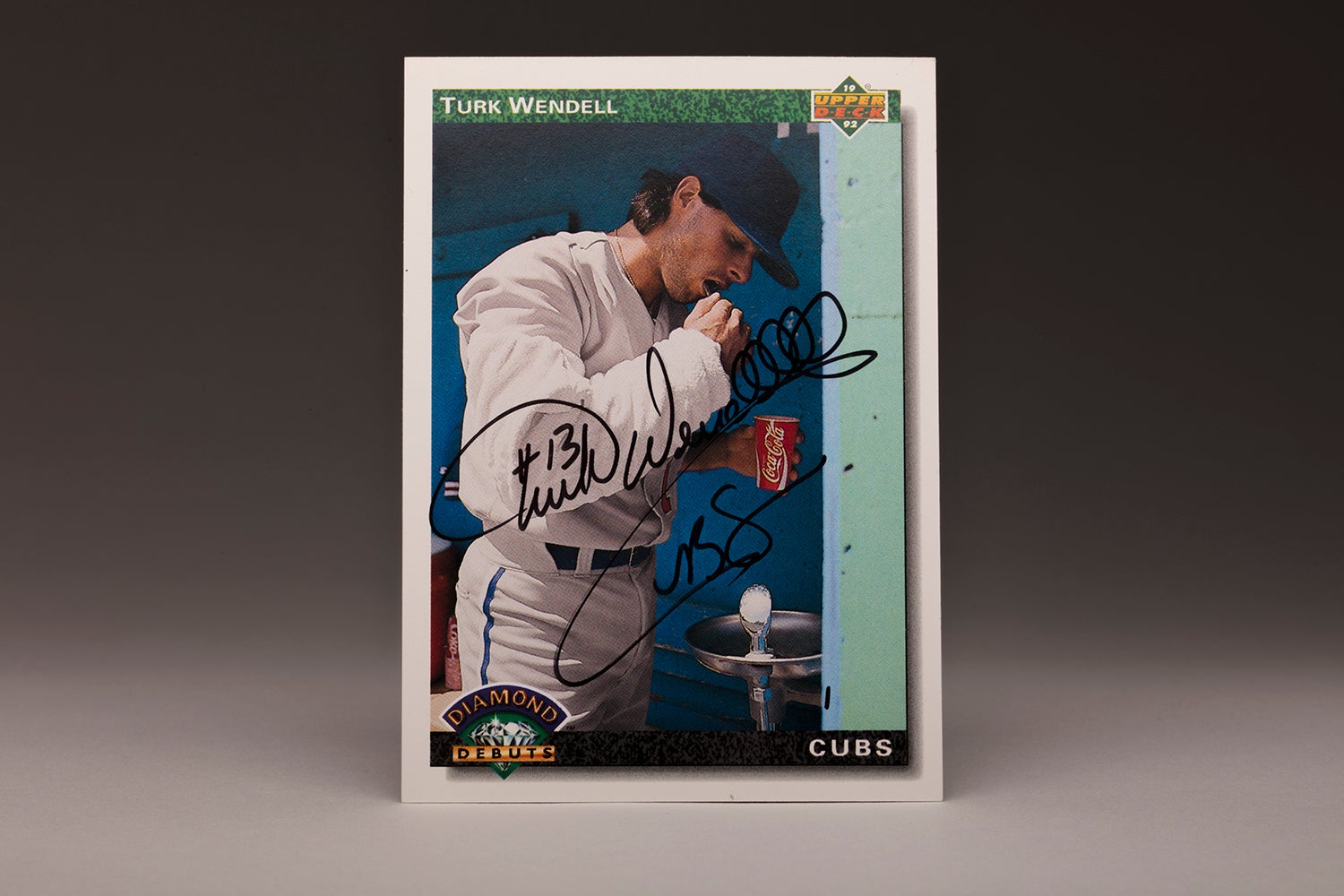
#CardCorner: 1992 Upper Deck Turk Wendell
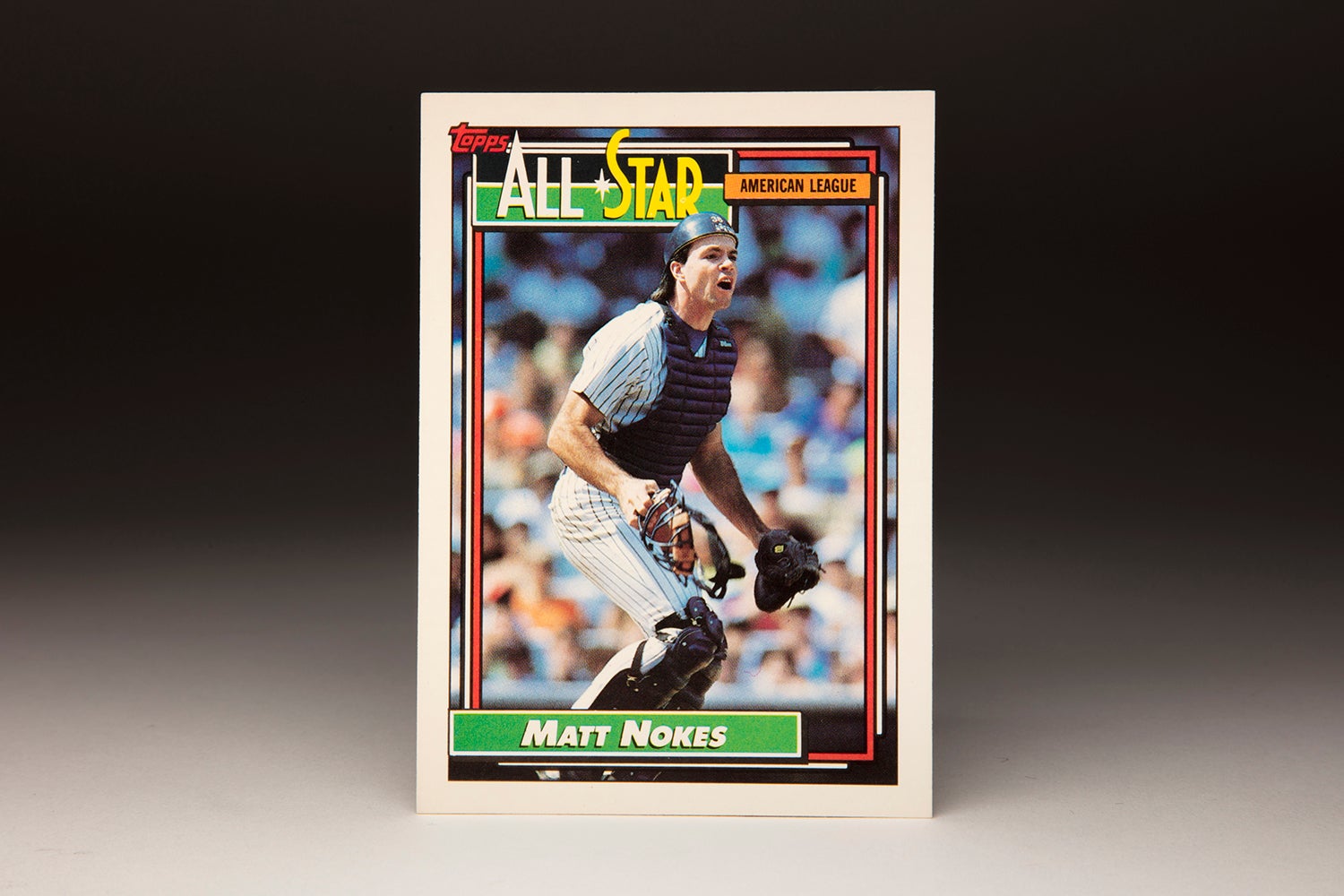
#CardCorner: 1992 Topps Matt Nokes
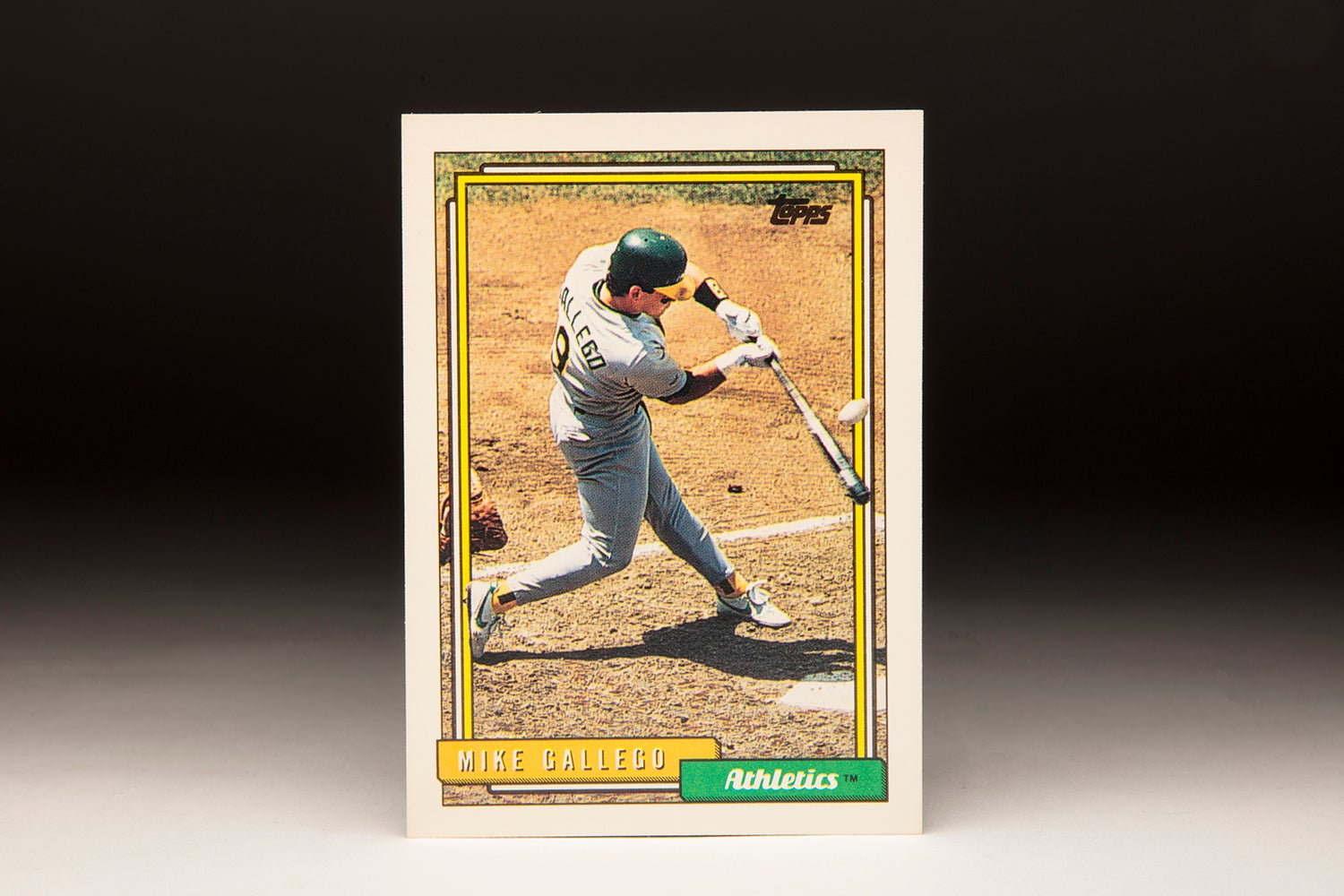
#CardCorner: 1992 Topps Mike Gallego

#CardCorner: 1992 Topps Darryl Strawberry

#CardCorner: 1992 Upper Deck Turk Wendell

#CardCorner: 1992 Topps Matt Nokes


